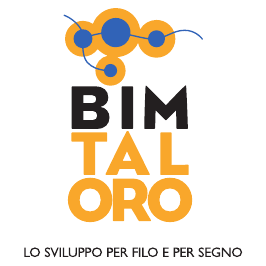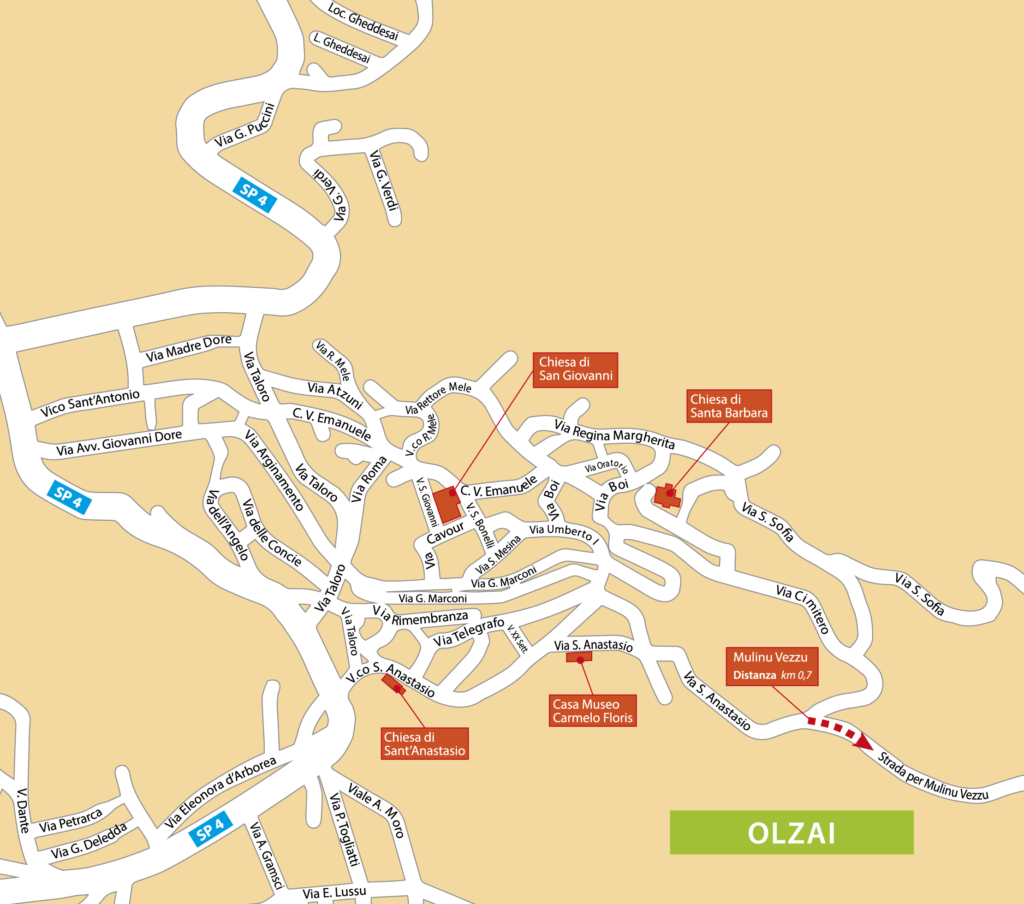Carmelo Floris House Museum
The house, whose first nucleus dates back to the 1700s, was modified several times over the years and stands in the highest part of the village. It was owned by the Satta family, a local wealthy family. Carmelo Floris spent his youth there with his mother and elderly uncle Don Agostino Satta. With interruptions and various vicissitudes, the artist returned to live there with his wife until 1960, the year of his death.
The house, whose main façade overlooks a narrow alley, extends over several floors and has, like many manor houses, a large courtyard inside, with an independent entrance, overlooked by the bread kitchen, equipped with a central floor-level fireplace and a large brick oven in a corner of the room. In the courtyard, there is the shed that sheltered the cart pulled by a horse which the artist used for his comings and goings.
The building underwent a radical renovation in the mid-90s and it certainly underwent significant changes, first of all in the use of the spaces.
Floris used to say “my house has four doors and they are all always open”. Most likely the current entranceway to the Museum and the two rooms on the sides were where the workers entered and were as such intended for service rooms, while a few steps further on along the street there is a small stairway leading up to a large terrace from which there is direct access to the “master’s” floor of the house, where the exhibition halls are currently located with the artist’s engravings and oil paintings that make up the Museum’s collection.
Also on the same floor, by going through a short passageway you reach the master’s bedroom with a bathroom and vintage furniture. From the corridor a short, steep staircase leads to the highest room in the house, the studio that Floris had built in order to enjoy the sweeping panorama of the surrounding areas. The room is still fully furnished, with all the tools for painting and engraving. From the windows of this room, you can see and recognize the views present in various village and country scenes painted by him.
The artist was a representative exponent of the Sardinian school of the 20th century; with painters and sculptors who were his contemporaries, such as Giuseppe Biasi, Antonio Delitala, and Francesco Ciusa, he shared a path of discovery and representation of Sardinian reality, expressed thanks to paintings and engravings in which the everyday life and landscapes revealed a peculiar dimension of the Island.
Over the years, the building has hosted several temporary exhibitions and, recently, it was the exhibition venue for the 3rd edition of the Biennial of Italian Engraving, a prestigious event promoted by the city council in order to make known the current national engraving production of which Floris was a great master. The house is frequently the site of cultural meetings and artistic workshops.
Text by Laura Melis with the contribution of Lidia Siotto
 BIM TALORO
BIM TALORO 